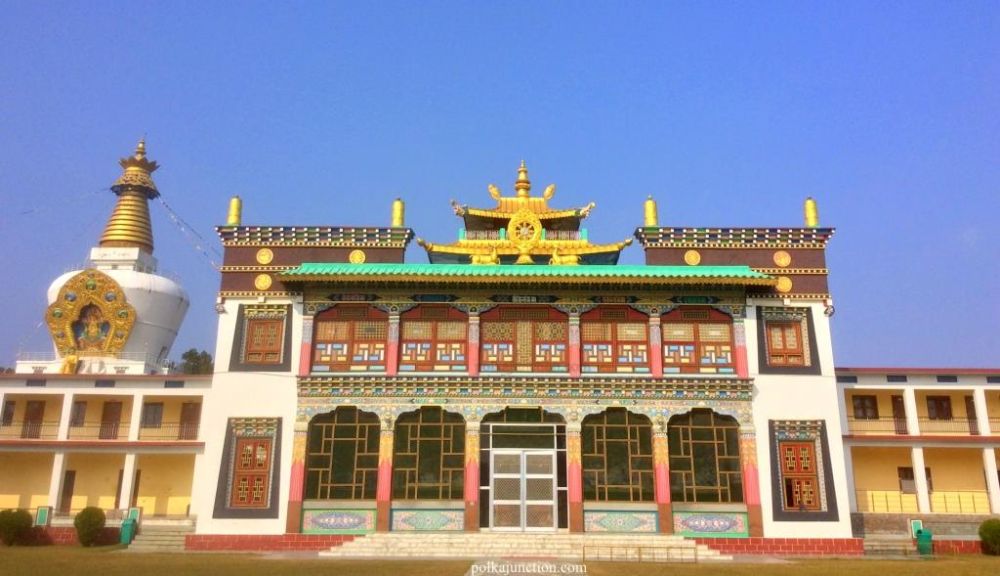

Located in the serene environs of Dehradun, the Mindrolling Monastery is a large Buddhist center that has been an important place of worship and pilgrimage for decades. The monastery is a masterpiece of Tibetan architecture and is one of the six major monasteries of the Nyingma school in Tibet. Its history is deeply entwined with the Buddhist culture and the dissemination of Buddhism to different parts of the world, including India.
The original Mindrolling Monastery was founded in 1676 by Rigzin Terdak Lingpa in Tibet. After the Chinese invasion of Tibet in the 1950s, many Tibetan monks fled to India, including monks from Mindrolling. The monastery in Dehradun was re-established in 1965 by Khochhen Rinpoche, along with a group of monks. Since then, it has become a focal point for preserving the rich Tibetan traditions, culture, and learning.
Over the years, the monastery has grown significantly and developed into a thriving center for education and tourism. It attracts thousands of visitors annually, who come to experience the spirituality, learn about Buddhism, and witness the grandeur of Tibetan architecture.
Tourism has played a vital role at Mindrolling Monastery, particularly after the completion of the Great Stupa in 2002. The Great Stupa, which stands at a height of 185 feet and has a diameter of 100 feet, is said to be the world's largest stupa and has been an attraction for tourists and Buddhist pilgrims alike.
Visitors to the monastery can explore the various shrines, the stunning gardens, and the impressive stupa. The institute also offers a view into monastic life, as one can observe the monks engaging in their daily practices, including prayer and meditation. The annual Buddha Jayanti festival is a significant event that attracts visitors and highlights the harmonious intermingling of culture, religion, and tourism at the site.
In recent years, the mindfulness and wellness movements have spurred increased interest in Buddhist sites like the Mindrolling Monastery. Travelers seek authentic spiritual experiences and opportunities for meditation and retreats. The monastery has responded to this trend by offering programs and workshops on meditation, yoga, and spirituality.
Eco-tourism has also seen a rise, with travelers becoming more conscious about preserving the natural and cultural heritage of the places they visit. Mindrolling Monastery appeals to this consciousness with its sprawling, well-maintained gardens and emphasis on maintaining the tranquility and purity of the environment.
Digital and social media have also influenced the way people travel and experience places like Mindrolling Monastery. High-quality images and immersive content on various platforms inspire potential visitors and make the monastery a popular inclusion on travel itineraries.
With its rich history and evolving role in the sphere of religious tourism, Mindrolling Monastery continues to be a jewel in the crown of Uttarakhand's tourist attractions, offering spiritual solace, educational opportunities, and a glimpse into the magnificent Tibetan Buddhism heritage.